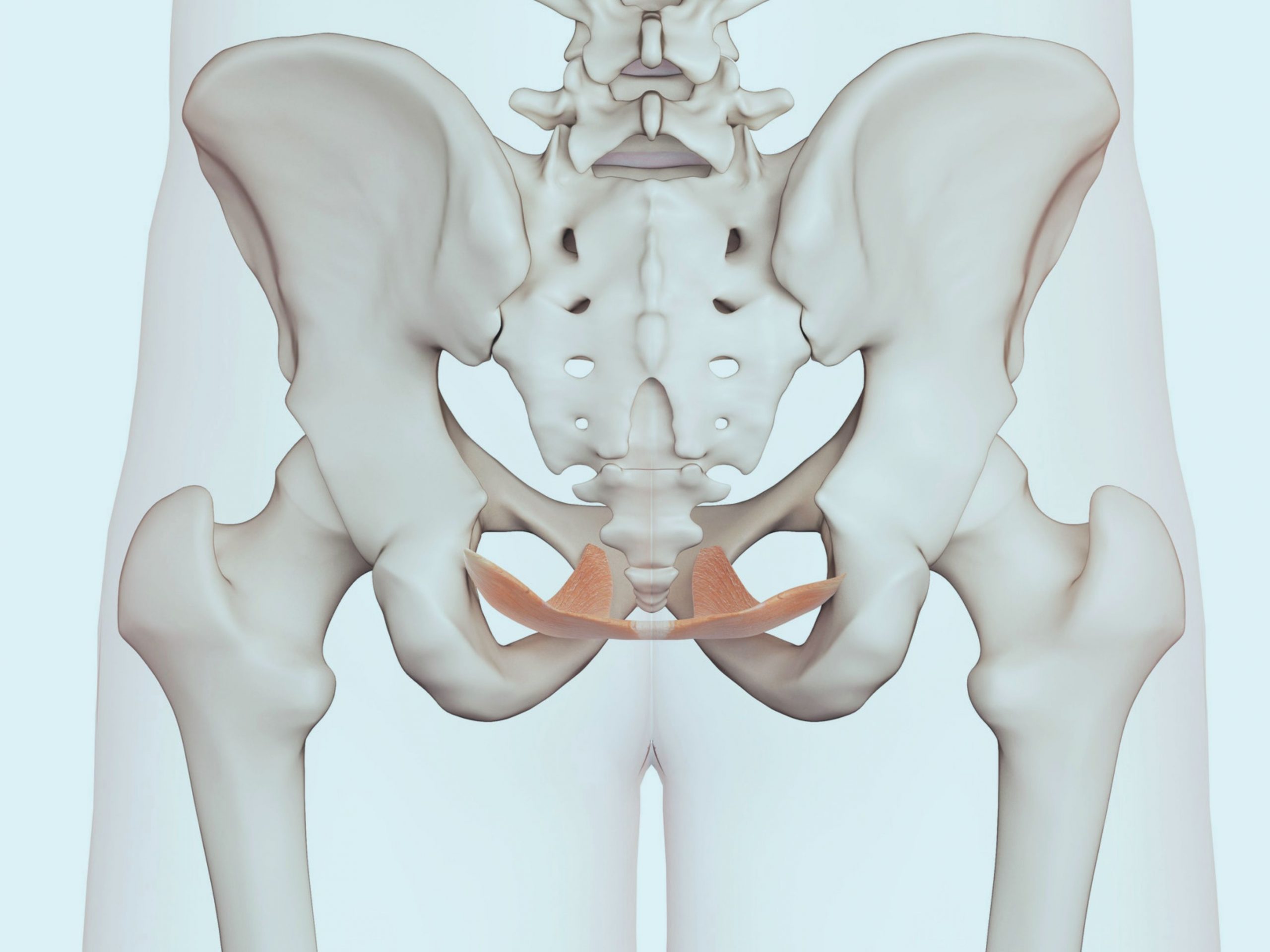Tips to reduce lower back and pelvic girdle pain(PGP)
Based on the information provided by experts on https://www.cvmus.com/vascular-conditions/may-thurner-syndrome, during pregnancy is possible that you may experience pain on your lower back and pelvic area (PGP or lower back and pelvic girdle pain), but don`t worry, you are not the only one; almost 20% of pregnant women experience pain or discomfort in the front or back of their pelvis during this period of time (ACPWH). This condition may also include musculoskeletal pain radiating to your thighs and perineum. For additional information and guidance visit Hinge Health.
First, let’s have a quick view of the anatomy of the pelvic. The Pelvic girdle is a ring of bones around your body at the base of your spine. It consists of two sacroiliac joints (located at the back of the ring) and one symphysis pubis (located at the front). Normally during pregnancy your hormones take effect on the ligaments in the lower back and pelvis, thus getting more movement at these joints than normal. This is a natural process when your baby grows in the womb, and prepares your pelvis for childbirth.
Causes of pelvic girdle pain
PGP happens when the three joints move unevenly which can lead to the pelvic girdle becoming less stable. The change in the way you sit or stand, baby growth in the womb and the extra weight can put more strain on the pelvis, thus illicit pain. Lower back pain is normally a result of your changing posture due to a shift in your centre of gravity from your growing bump. Pelvic girdle pain usually resolves spontaneously after birth. The main symptom of PGP is pain (from mild to severe) and this can occur while walking; going up and down stairs; turning over in bed; putting on socks; getting in and out of the car and during intercourse. If you’re worried that this could worsen, you can have this checked at an OBGYN medical center.
Signs that you may have PGP during pregnancy:
- If you have a previous history of low back pain.
- Increased number of previous pregnancies.
- If you Work with high physical demand.
- High body mass index
- Emotional distress
- smoking
Luckily, at the clinic we advised you with several ways of easing and managing PGP and lower back pain. Also, our physiotherapist and acupuncturist can help you to reduce severe pain with our personalised treatments (specially designed according to your needs). Depending on the cause of your pain we can help by formulating a treatment plan and advising you on exercises and stretching. Pregnancy Pilates can also help you manage this pain better by teaching you exercises to help position your baby in ways that are less strenuous on your body.
Tips to reduce PGP
At the clinic, you can receive acupuncture or physiotherapy. Pregnant ladies who receive these treatments reported a highly reduction of pain.
- Exercising and stretching will lead you to improve your posture, muscular tone and flexibility, resulting in pain reduction and better performance of daily activities. We tailor an exercise routine for you.
- Wearing pelvic support garments may help you reduce pressure on this area.
- Avoid high heels because they change your posture.
- Reducing non-essential weight-bearing activities (e.g. climbing stairs, standing or walking for long periods of time).
- Avoid standing on one leg, for example you can sit down to get dressed.
- Avoiding movements involving hip abduction (e.g. be careful while getting in or out of vehicles, baths or squatting).
- You can apply heat to painful areas; it helps your muscles to relax.
We hope this information is useful for you. If you have any questions about our treatments, please contact us. You can find us in Mill Hill Broadway and Islington. If you like this blog, please share!
We are always happy to help.



